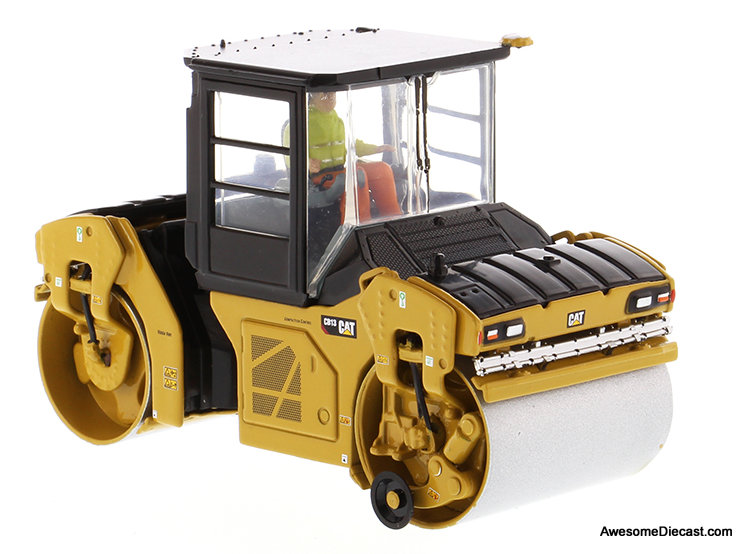A road roller (sometimes called a roller-compactor, or just roller) is a compactor-type engineering vehicle used to compact soil, gravel, concrete, or asphalt in the construction of roads and foundations. Similar rollers are used also at landfills or in agriculture.
Road rollers are frequently referred to as steamrollers, regardless of their method of propulsion.
The first road rollers were horse-drawn, and were probably borrowed farm implements (see Roller).
Since the effectiveness of a roller depends to a large extent on its weight, self-powered vehicles replaced horse-drawn rollers from the mid-19th century. The first such vehicles were steam rollers. Single-cylinder steam rollers were generally used for base compaction and run with high engine revs with low gearing to promote bounce and vibration from the crankshaft through to the rolls in much the same way as a vibrating roller. The double cylinder or compound steam rollers became popular from around 1910 onwards and were used mainly for the rolling of hot-laid surfaces due to their smoother running engines, but both cylinder types are capable of rolling the finished surface. Steam rollers were often dedicated to a task by their gearing as the slower engines were for base compaction whereas the higher geared models were often referred to as "chip chasers" which followed the hot tar and chip laying machines. Some road companies in the US used steamrollers through the 1950s. In the UK some remained in service until the early 1970s.
As internal combustion engines improved during the 20th century, kerosene-, gasoline- (petrol), and diesel-powered rollers gradually replaced their steam-powered counterparts. The first internal-combustion powered road rollers were similar to the steam rollers they replaced. They used similar mechanisms to transmit power from the engine to the wheels, typically large, exposed spur gears. Some users disliked them in their infancy, as the engines of the era were typically difficult to start, particularly the kerosene-powered ones.
Virtually all road rollers in use today use diesel power.

















